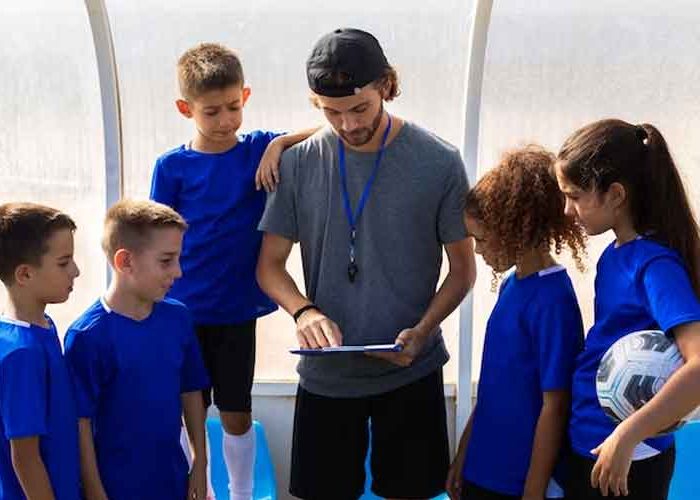
Schools and communities have a crucial role in promoting a positive sports culture
Sport is more than just a physical activity. It is also a social and cultural phenomenon that can bring people together, promote health and well-being, and enhance the quality of life. Sport can also contribute to the development of skills, values, and attitudes that are essential for personal and social growth. However, not everyone has equal access and opportunities to participate in sport, especially in disadvantaged or marginalized communities. Therefore, schools and communities have a crucial role in promoting a positive sports culture that is inclusive, diverse, and respectful.
Schools are the primary institutions that provide formal education to children and young people. They also have the potential to offer sport programs that can complement and enrich the academic curriculum. Sport in education can help students develop physical, mental, emotional, and social skills that are transferable to other areas of life. Sport can also foster a sense of belonging, identity, and pride among students, as well as enhance their motivation, engagement, and achievement in school. Moreover, sport can provide opportunities for students to interact with peers, teachers, coaches, and mentors who can support their personal and professional development.
However, schools alone cannot provide adequate sport opportunities for all students. They often face challenges such as limited resources, facilities, staff, and time. Therefore, schools need to collaborate with communities to maximize the benefits of sport for students and society. Communities are the groups of people who share common interests, values, and goals. They can include families, friends, neighbors, clubs, organizations, businesses, and local authorities. Communities can provide sport opportunities that are accessible, affordable, and appropriate for different groups of people. They can also offer sport facilities, equipment, volunteers, coaches, role models, and sponsors that can supplement or complement the school sport programs.
Schools and communities can work together to create partnerships that can enhance the quality and quantity of sport opportunities for students and community members. Partnerships can involve sharing resources, facilities, expertise, information, and networks. They can also involve planning, delivering, monitoring, and evaluating sport programs that meet the needs and interests of both parties. Partnerships can benefit schools by increasing their capacity to provide sport programs that are diverse, inclusive, safe, and effective. They can also benefit communities by increasing their participation in sport activities that are fun, enjoyable, rewarding, and empowering.
Sport is a valuable asset for schools and communities. It can help them achieve their educational, social, cultural, and economic goals. However, sport is not a magic bullet that can automatically produce positive outcomes. It requires careful planning, implementation, management, and evaluation to ensure that it is delivered in a way that respects the rights and responsibilities of all stakeholders. Schools and communities have a vital role in promoting a positive sports culture that is based on the principles of fairness, equity, diversity, inclusion, respect, cooperation, and excellence.











